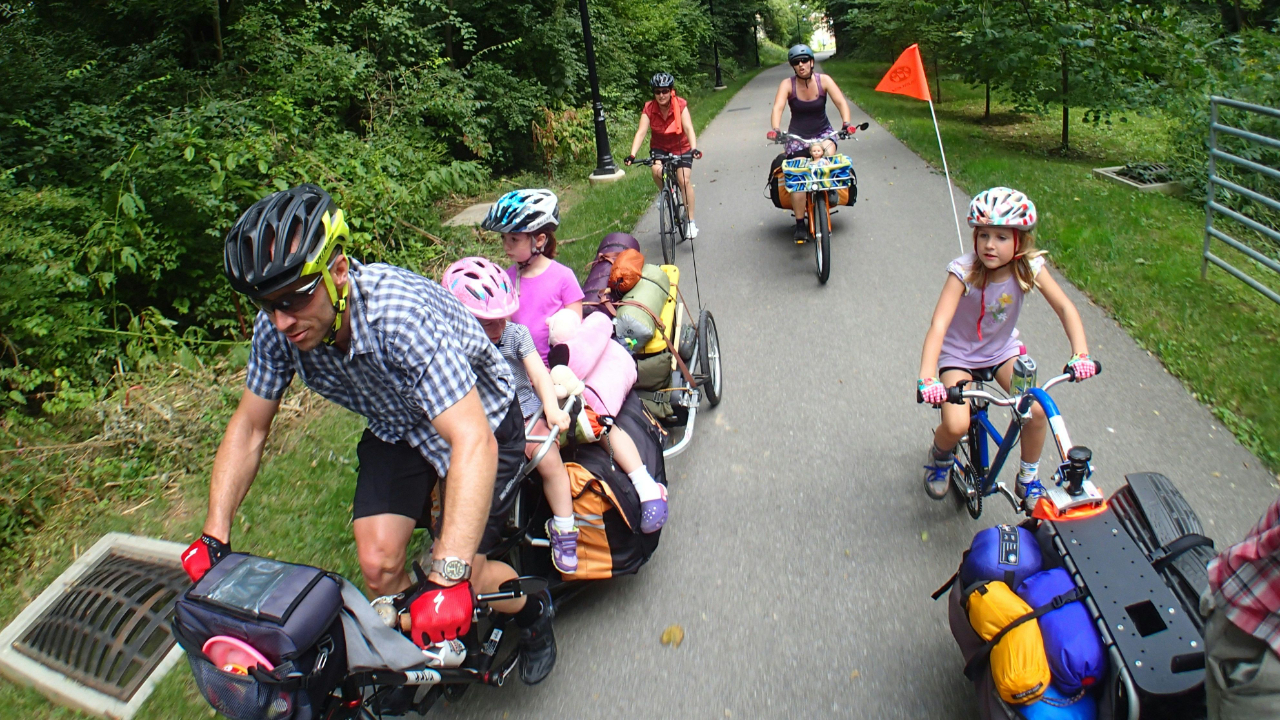
What bicycles teach us about inclusion & why schools must embrace it
Jan 07, 2025Last week, I came across a LinkedIn post where the author lamented the state of education. The writer pointed to two significant issues:
1️⃣ Children today are busier, more easily distracted, and have diverse needs that regular schools struggle to meet. Inclusive education, however, mandates that these children remain within the system.
2️⃣ Respect for teachers has decreased. Parents frequently challenge educators, undermining their professional status and authority. This erosion of trust makes it increasingly difficult for teachers to enforce boundaries or focus solely on teaching.
The solution offered? Bring back specialized schools. Allow mainstream schools to exclude learners who don’t fit their mould, so teachers can focus on a more homogeneous group and, in theory, start excelling again.
I kept thinking about this perspective, and it resulted in this post.
This approach struck me as not only unhelpful but also deeply short-sighted. Long-term exclusion rarely leads to better results.
Take my city, for example. In the past, exclusion defined certain areas—underprivileged neighbourhoods where challenges piled up, and opportunities were scarce. These places often became hotspots for frustration and disconnection.
The initial response to these problems? More rules and stricter enforcement—like increasing police presence. But rules don’t help people fit in better. Instead, they trap them in a cage they’re desperate to escape, pushing them into fight mode. Rather than adding restrictions, we needed to focus on understanding, adapting, and supporting growth.
Things began to change when we embraced inclusion. Problem neighbourhoods were transformed into mixed communities, where homes for different income levels stood side by side. This encouraged integration and mutual respect. It wasn’t about one group “uplifting” another—it was about building mutual understanding and support. The result? A shared stability that benefitted everyone.
The same should be true in education. Segregation might seem like the easy answer, but inclusion builds resilience and connection.
Now, let’s compare this to another industry: bicycles.
A bicycle from 60 years ago was functional but basic. Today, the options are endless:
🚲 Racing bikes for speed enthusiasts.
🚲 Mountain bikes for rough terrains.
🚲 Cargo bikes for parents ferrying their kids.
🚲 Electric bikes for those seeking extra ease.
Manufacturers don’t tell customers, “If you need something specific, too bad. Go find another mode of transport.” Instead, they innovate. They listen. They adapt.
Why? Because they’re out of business if they don’t: their customers expect it.
The same should be true in education—and this is where I believe the real problem lies.
People today expect products and services to be tailored to their individual needs. Education, however, is still clinging to outdated structures, such as the year-group or class-based system. These rigid frameworks prevent schools from truly adapting to the diverse needs of learners.
Parents and learners today expect schools to adapt to their needs, not the other way around. They want inclusion, not exclusion.
Why is inclusion essential? Because the world we’re preparing learners for doesn’t segregate—it integrates. A school that mirrors this prepares learners not just academically, but socially and emotionally. It fosters growth for high-achieving learners by exposing them to diverse perspectives and challenges, while also providing the specialized support that learners with additional needs require to thrive. Inclusion strengthens everyone, helping learners understand and value the contributions of those who are different from them.
But let’s be clear: inclusion doesn’t mean treating everyone the same. It means respecting individual differences and tailoring support to help every learner thrive.
Is this challenging? Absolutely.
Is it impossible? Not at all.
It begins with truly listening to learners, focusing on their strengths, and building from there. It’s not about moulding them to fit the system, but moulding the system to fit them.
Let’s raise the bar in education—not by exclusion, but by embracing the diversity that mirrors the world we live in.
